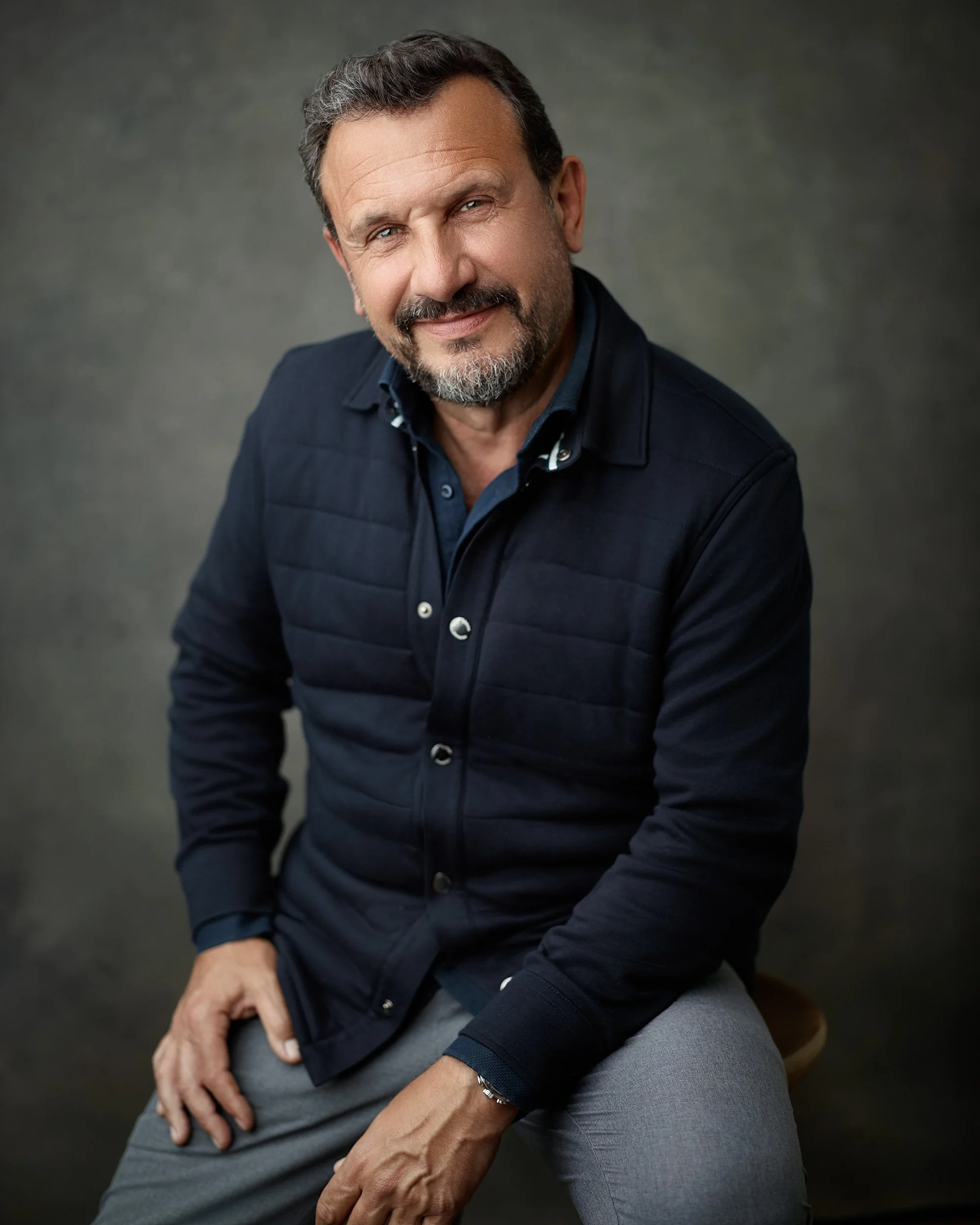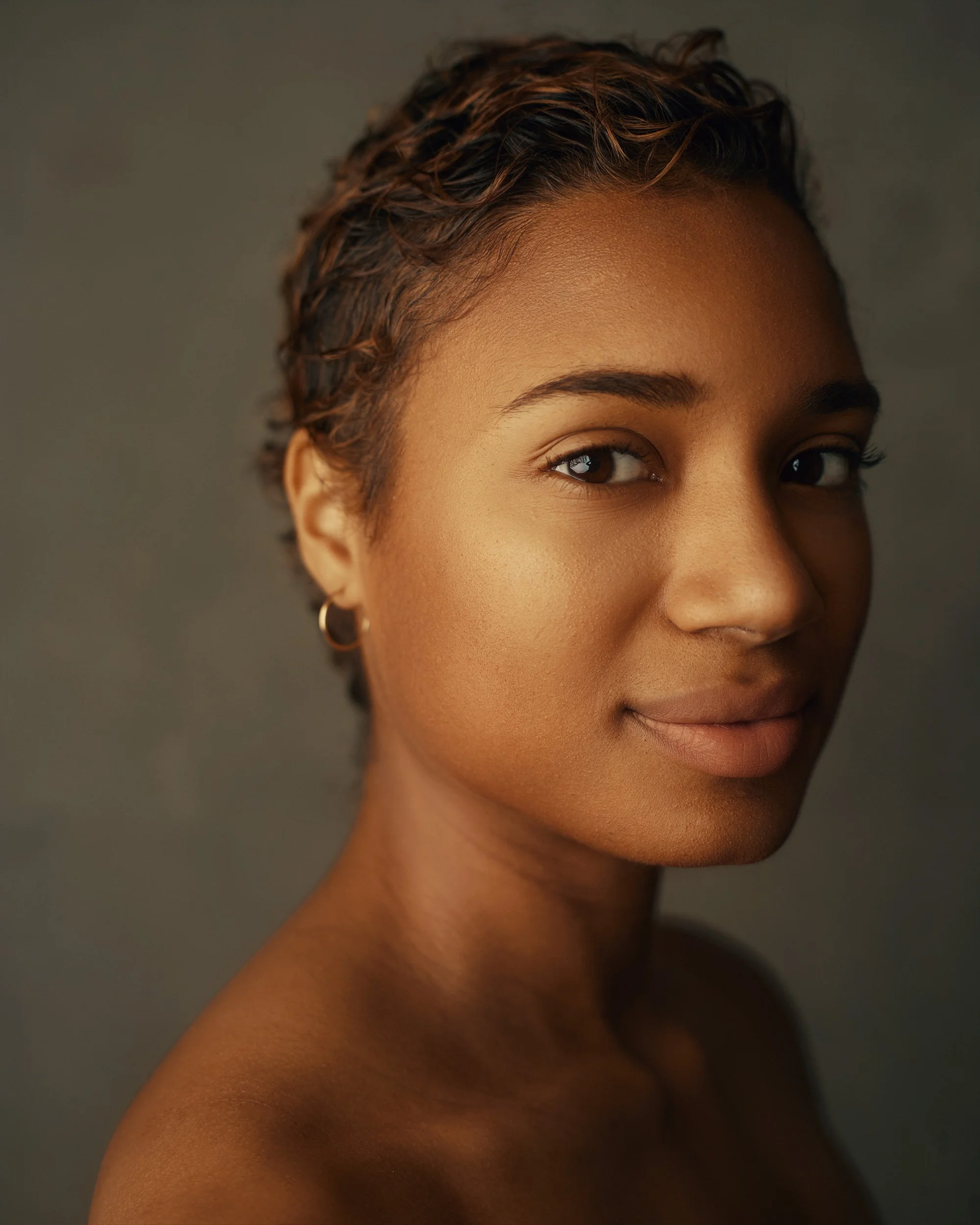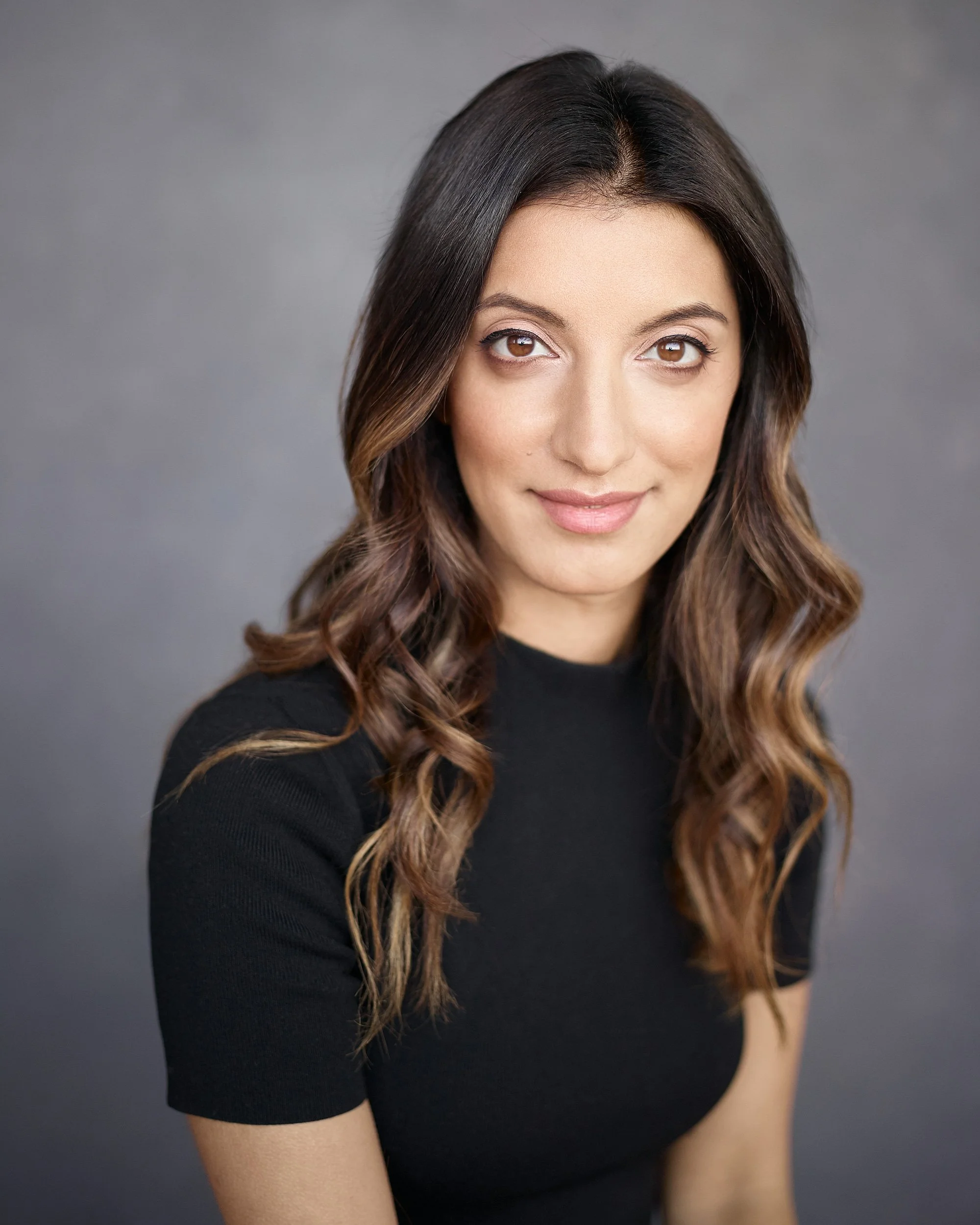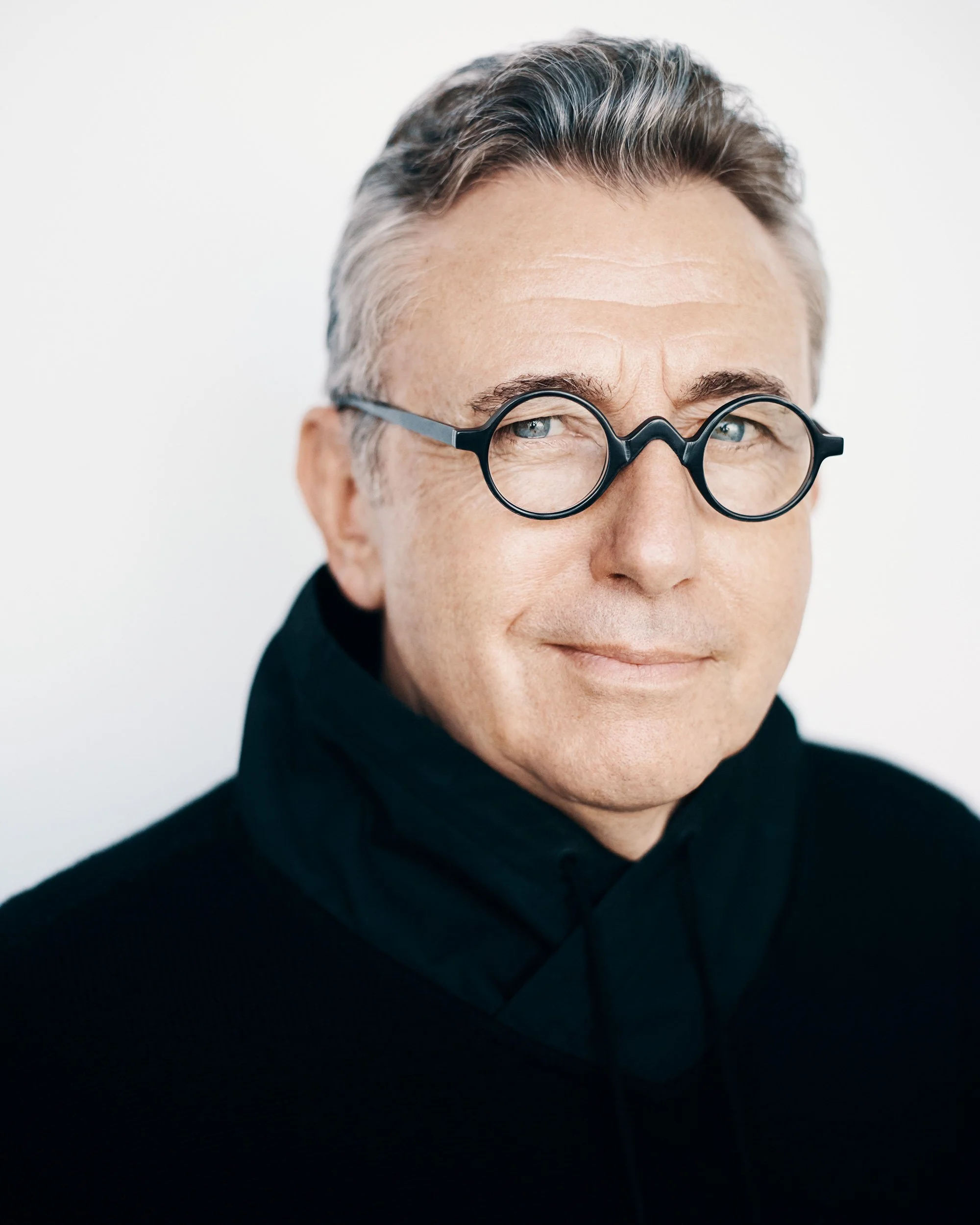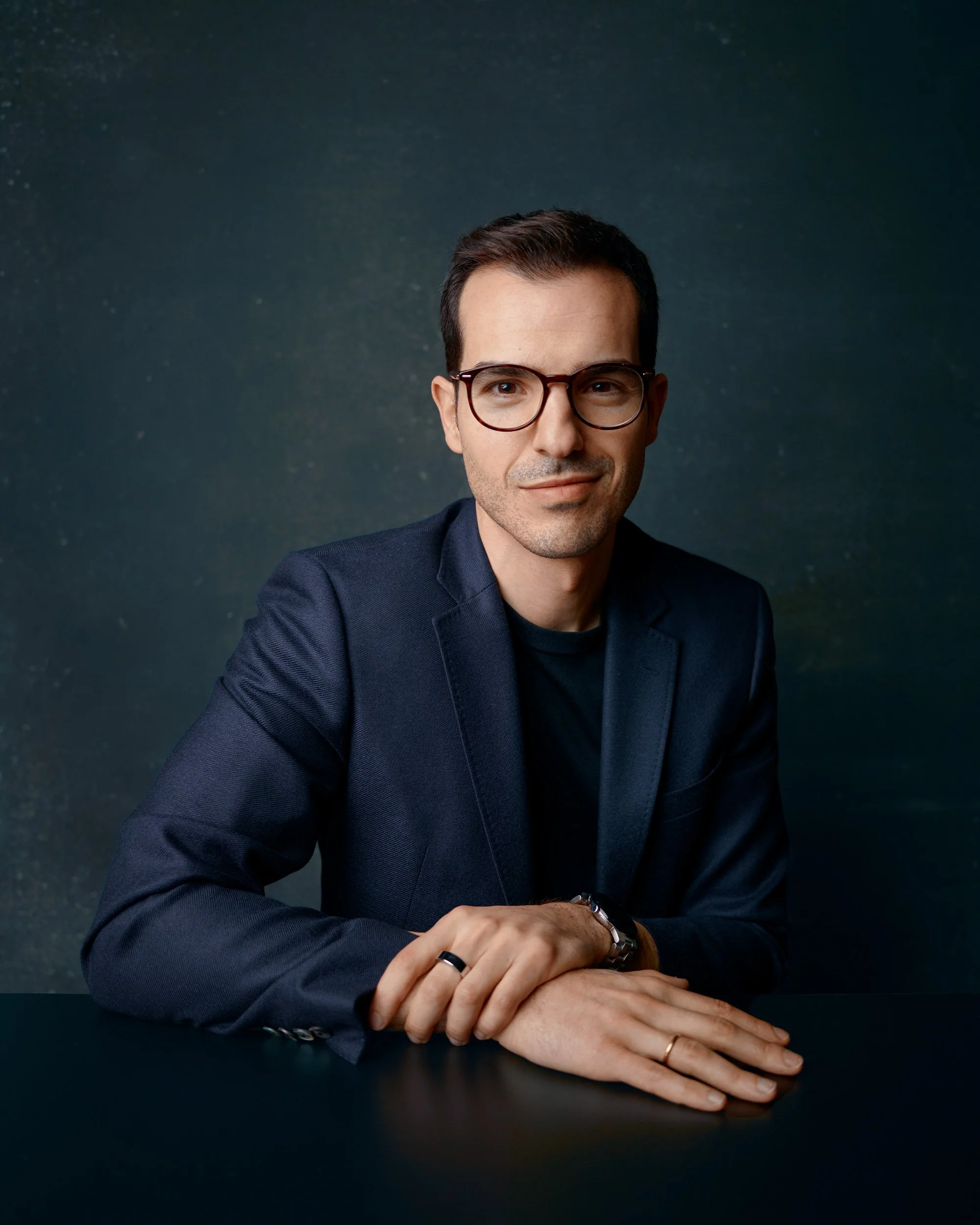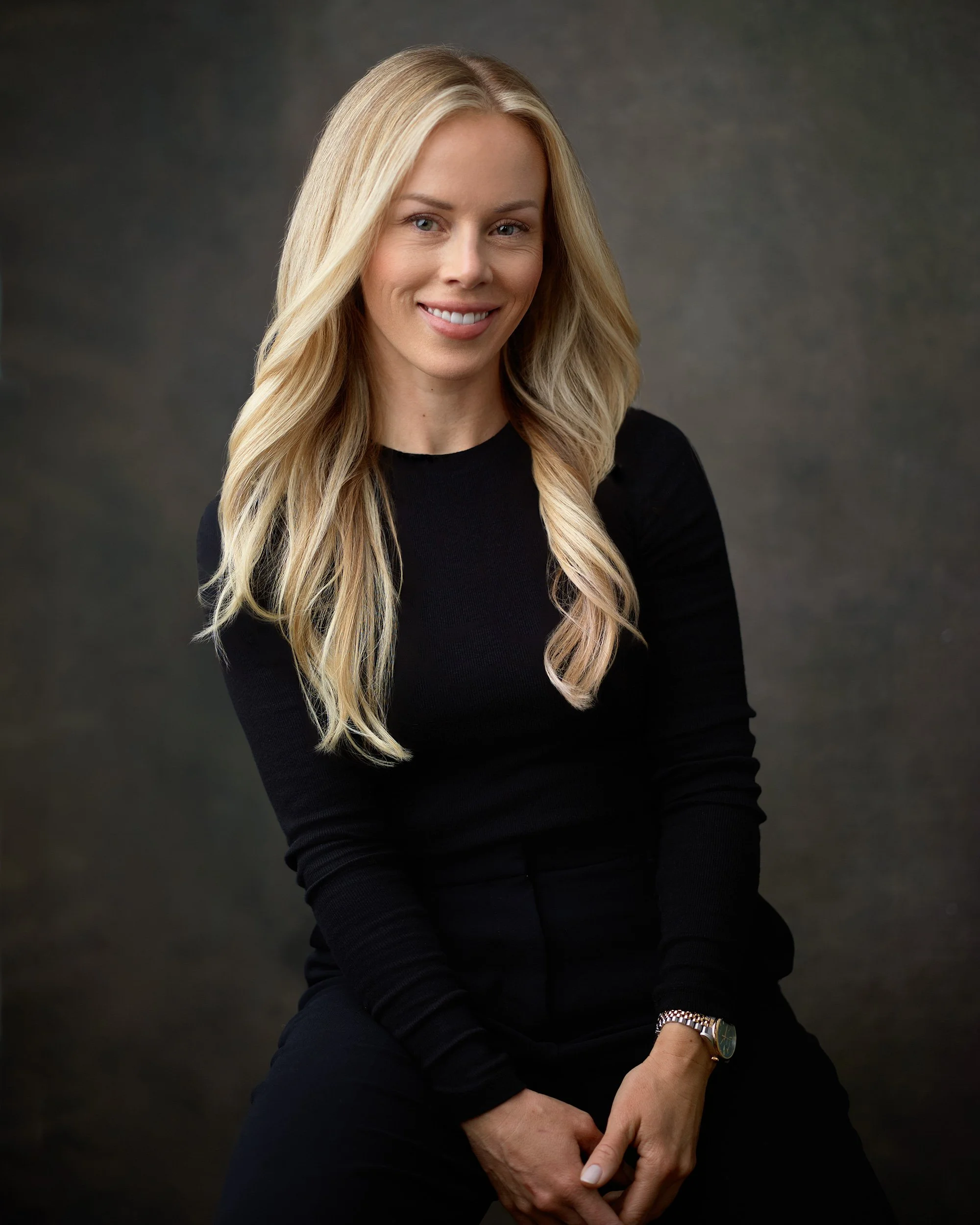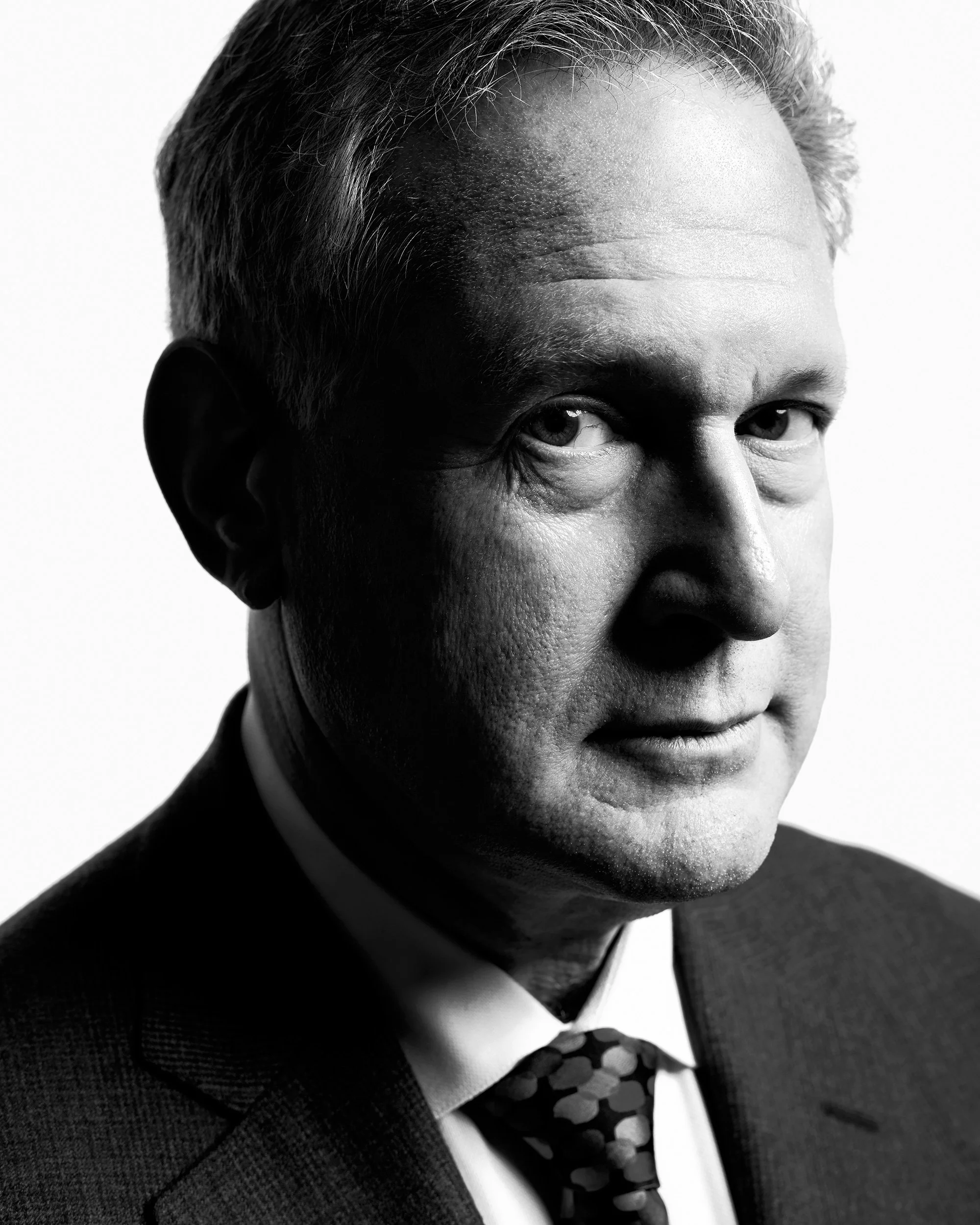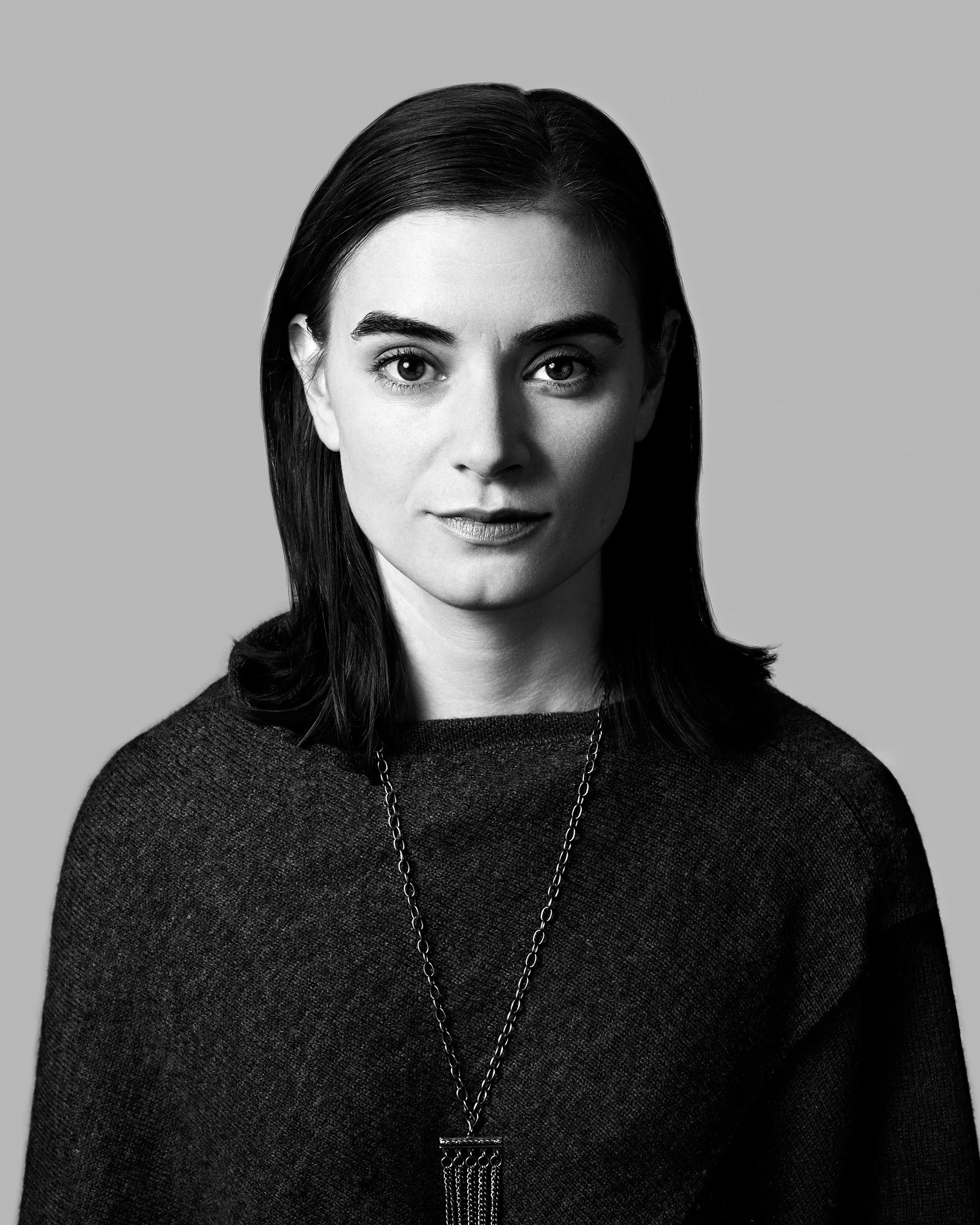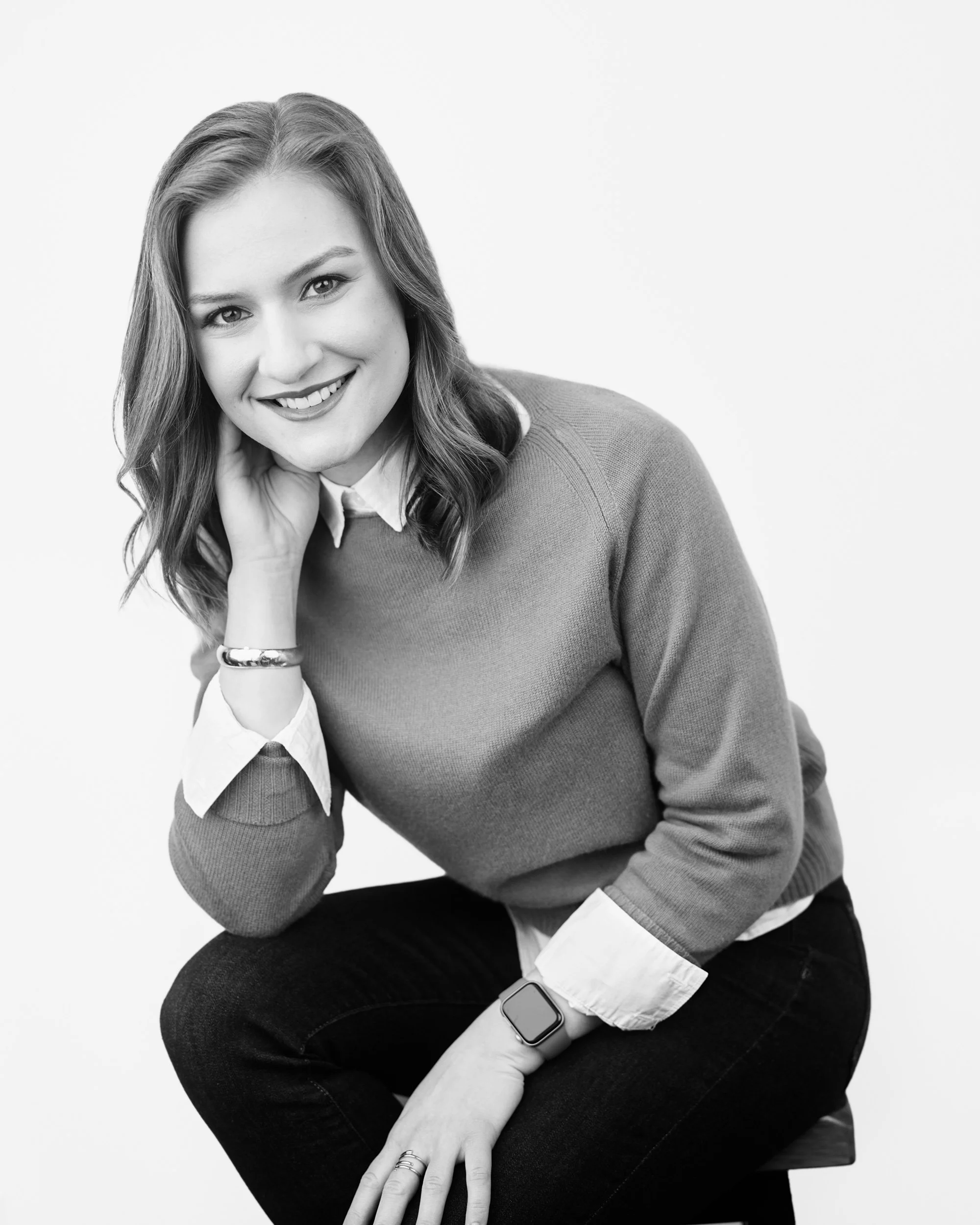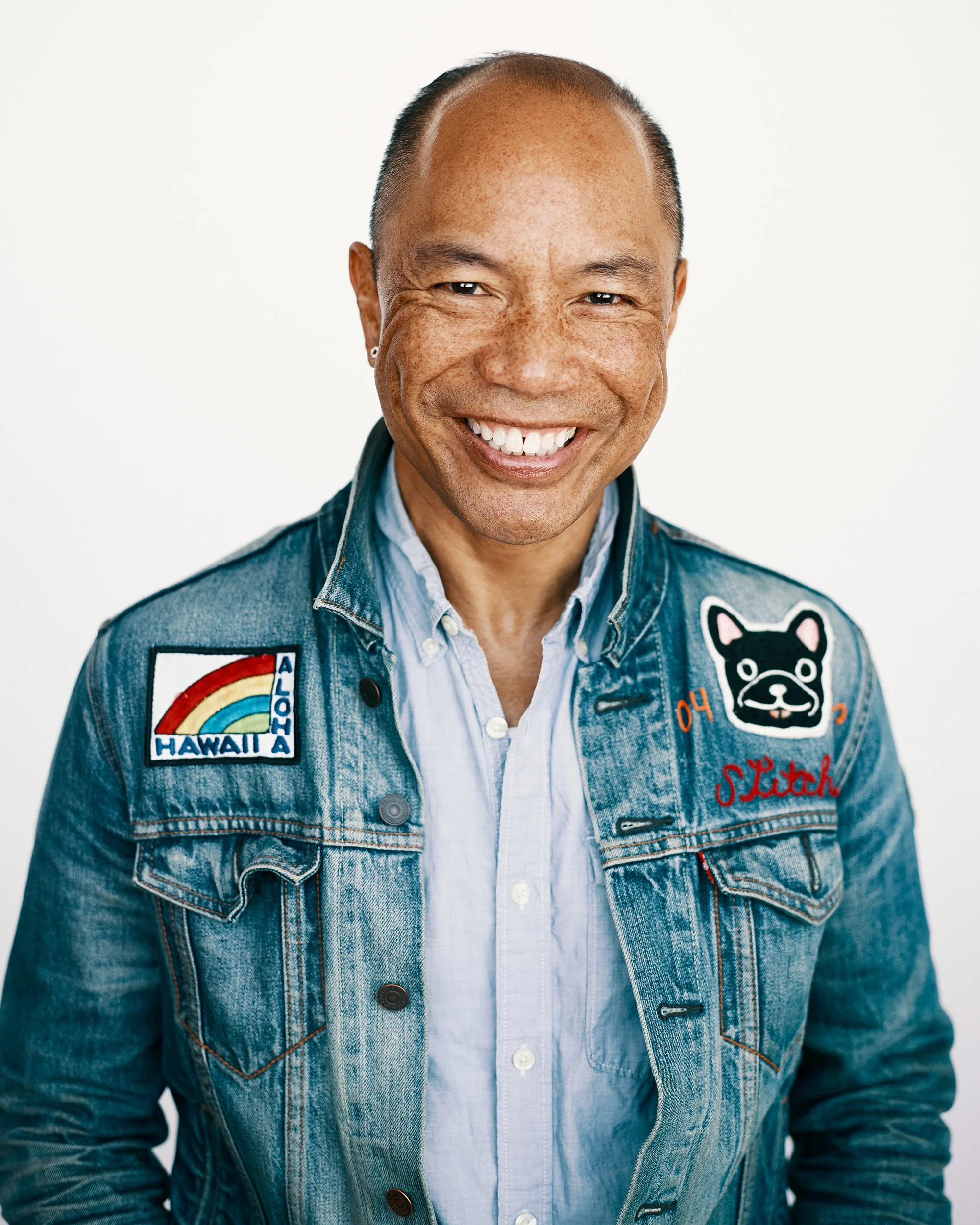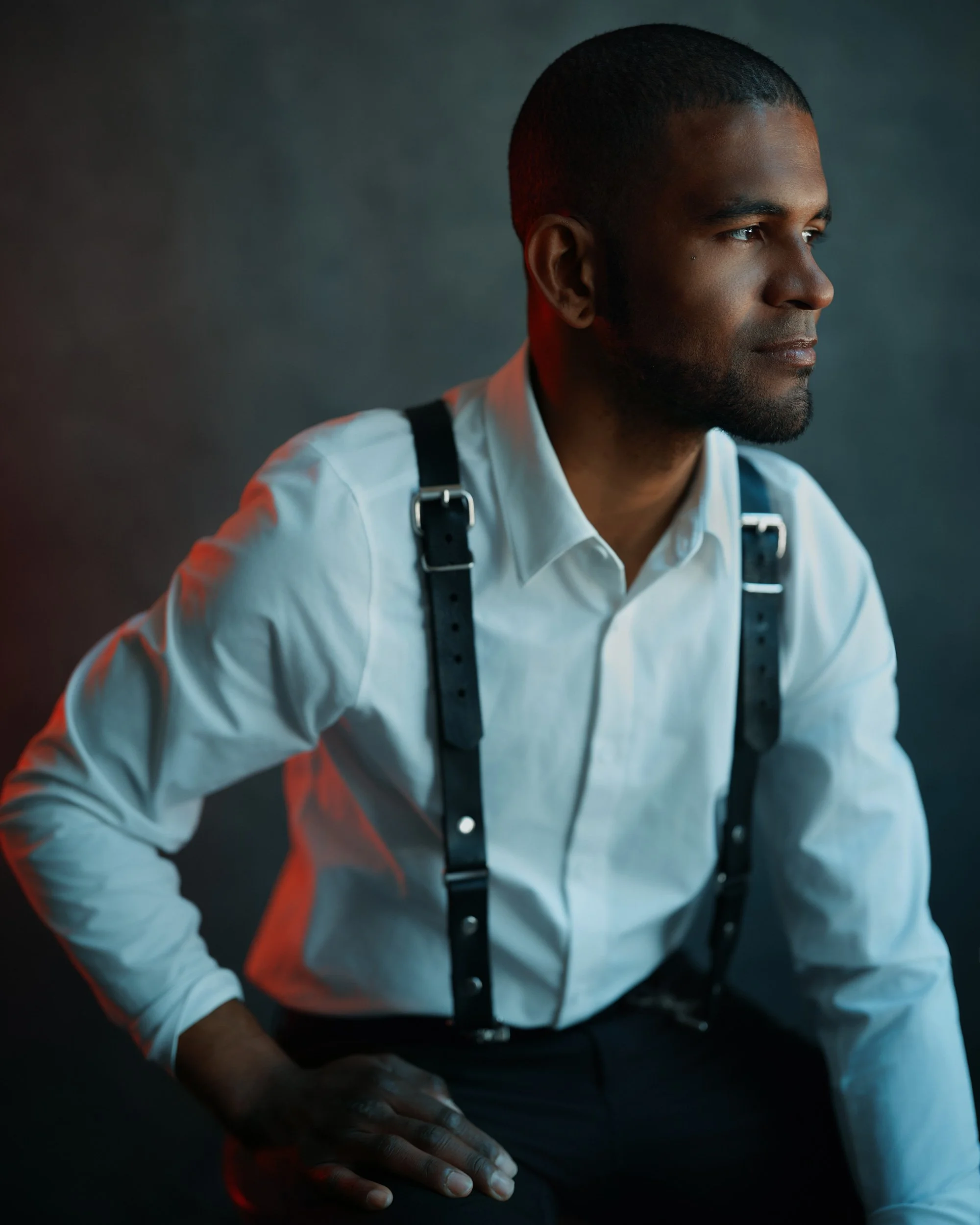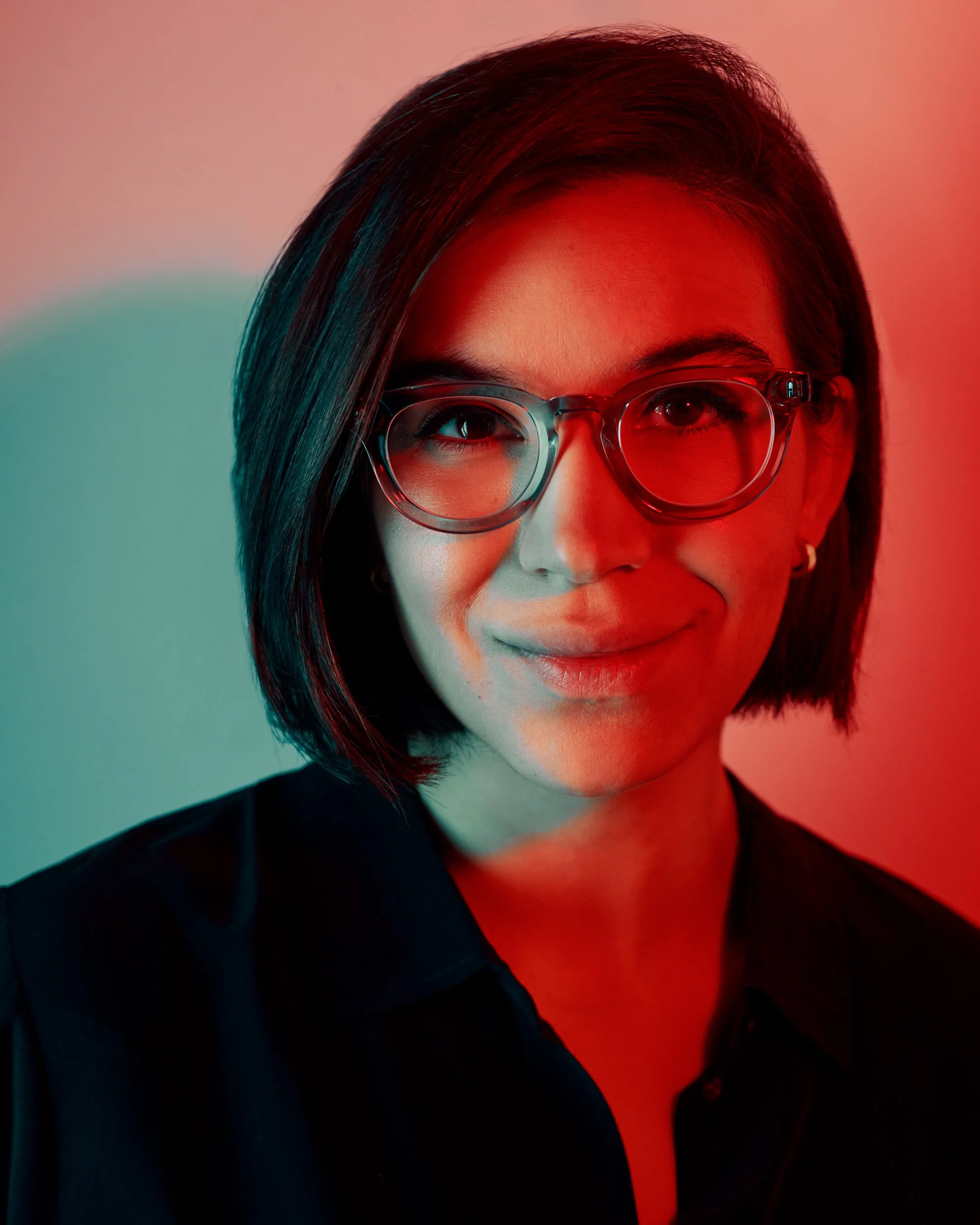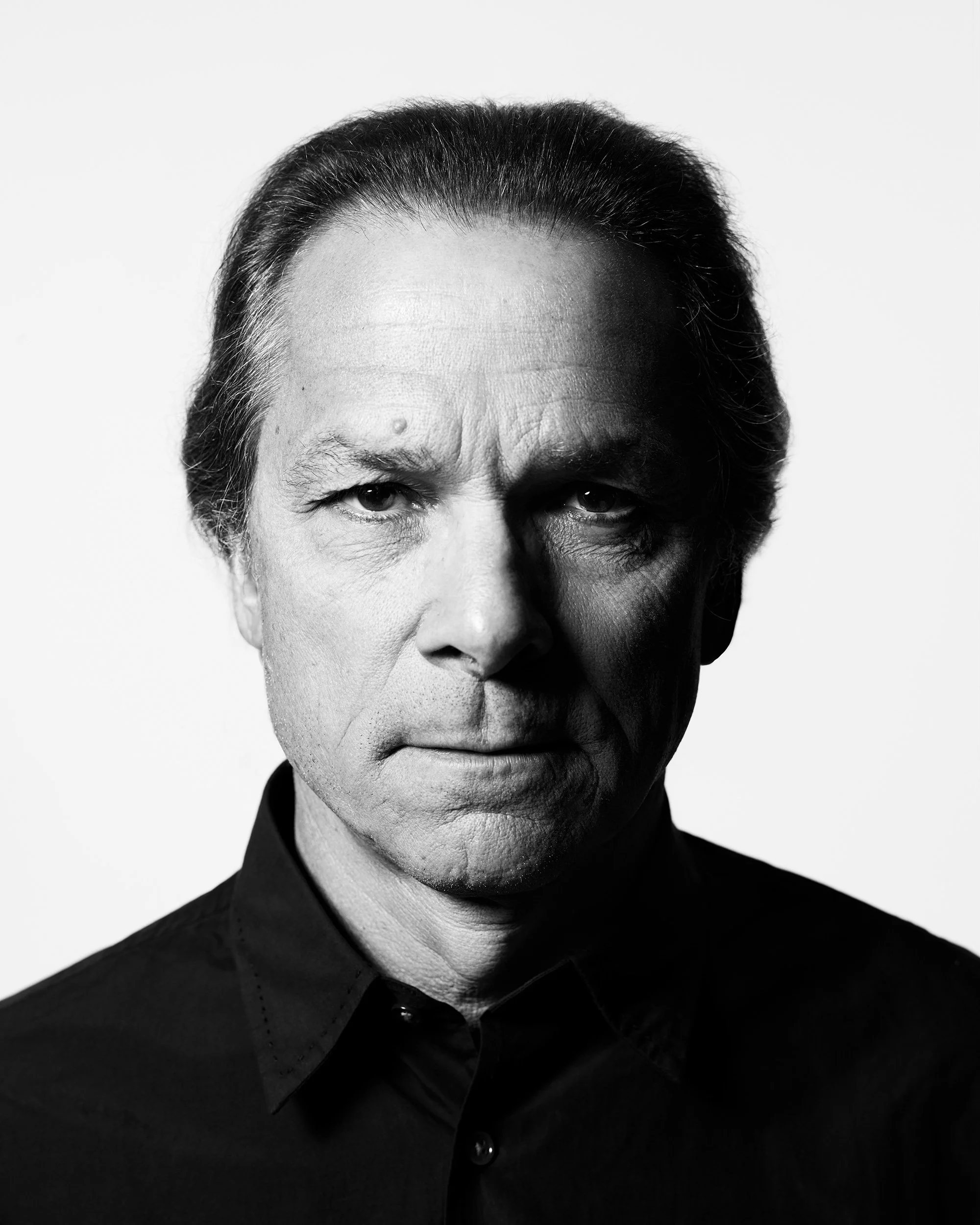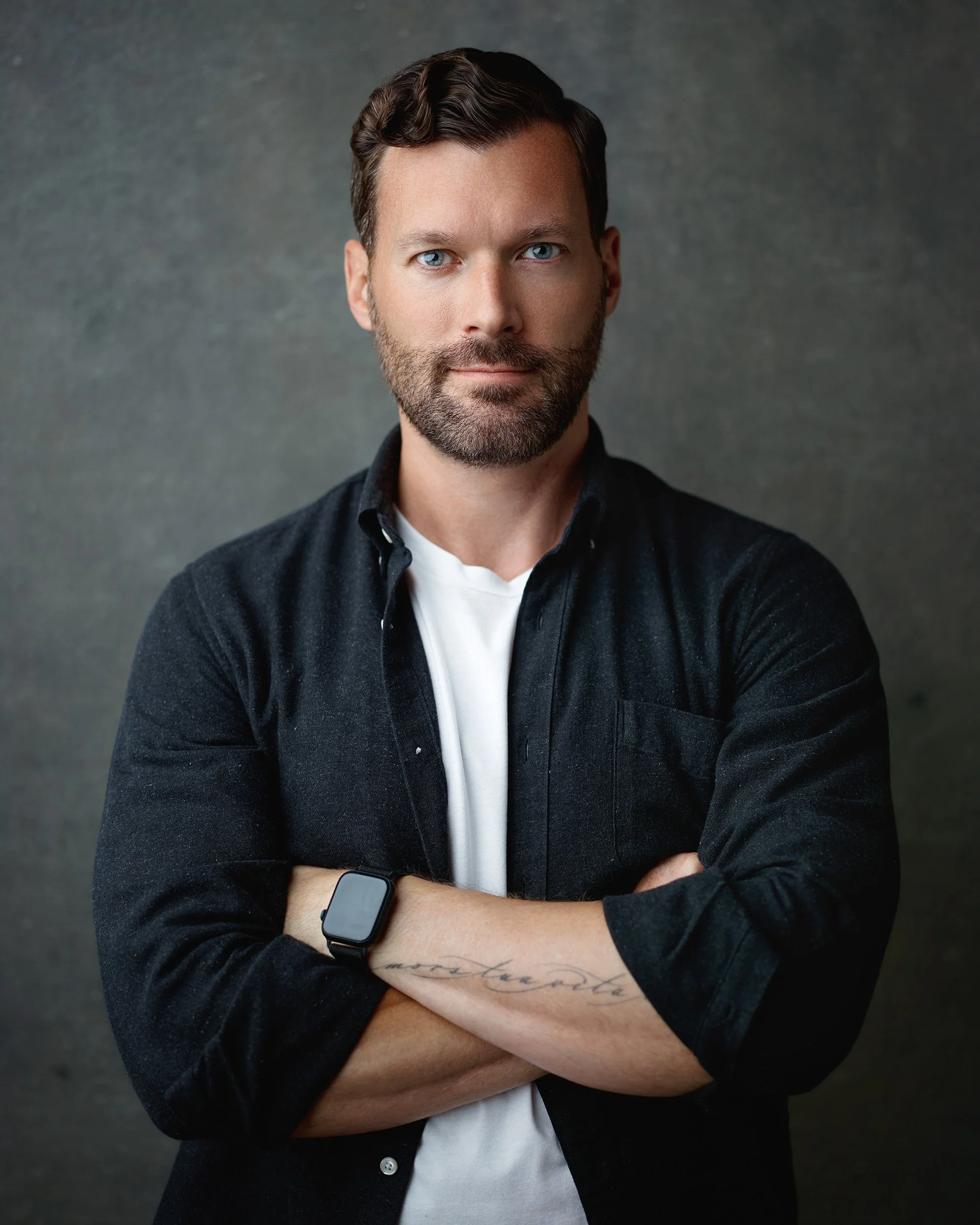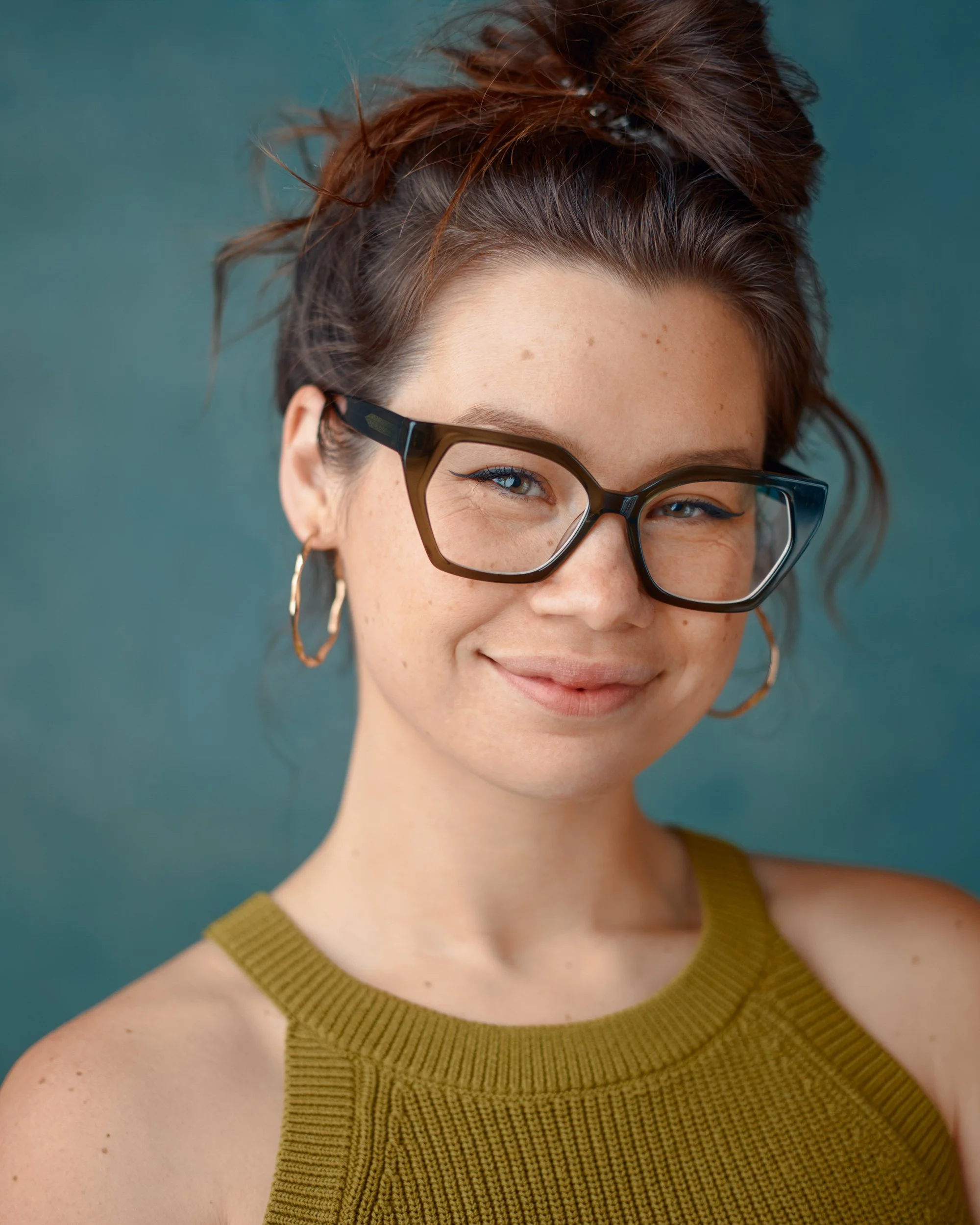Why Lighting Is Everything in Headshot Photography
When it comes to creating a memorable headshot, lighting is your greatest ally. It shapes how people see you, enhances your features, and conveys your personality instantly. Poor lighting can make a high-quality image appear flat or lifeless. Great lighting can transform a simple photograph into a striking, professional portrait.
Let’s dive into different lighting styles, exploring their advantages and disadvantages, along with references from culture, film, and art to help illustrate their impact.
Natural Lighting
Natural lighting uses sunlight or window light to illuminate your face. This style often creates a warm, authentic look that’s appealing and approachable.
Advantages:
Creates soft, genuine tones
Ideal for natural, relaxed headshots
Usually flattering and easy on the eyes
Disadvantages:
Dependent on weather conditions
Inconsistent, changing throughout the day
Can be unpredictable, causing shadows or unwanted highlights
Cultural Reference: The soft, golden-hour shots of characters in films like “Call Me by Your Name” illustrate the beauty and warmth natural light can add to an image.
Artificial Studio Lighting
Studio lighting involves controlled artificial sources. This allows photographers to precisely manipulate the look and feel of your image.
Advantages:
Complete control over brightness and angles
Highly customizable and consistent
Ideal for professional and corporate looks
Disadvantages:
Can feel overly polished if not handled creatively
Requires professional knowledge for best results
Equipment-intensive
Cultural Reference: Studio lighting is often used in corporate branding, such as magazine covers for Forbes, giving a professional, polished image.
Dramatic Lighting
Dramatic lighting creates bold contrasts between highlights and shadows. It’s visually striking and communicates confidence and depth.
Advantages:
Captures attention quickly
Conveys personality and mood clearly
Adds an artistic edge to your headshot
Disadvantages:
May not suit all professions or personalities
Requires careful skill to avoid overly harsh shadows
Cultural Reference: Think about the iconic lighting in “The Godfather.” It adds gravity and intensity, communicating powerful character insights.
Flat Lighting
Flat lighting evenly illuminates your face, minimizing shadows and highlights. It’s often used in traditional corporate photography.
Advantages:
Very consistent and predictable
Great for professional profiles needing neutrality
Minimizes imperfections
Disadvantages:
Can appear dull or generic
Often lacks depth and creativity
Cultural Reference: Flat lighting is typical in formal, conservative contexts such as passport photos or standard business portraits.
Gelled Lighting
Gelled lighting involves adding colored filters to studio lights. It introduces bold, creative color into your headshot. It can be subtle like the image on the left or more extreme like the image on the right.
Advantages:
Highly creative and unique
Makes your image stand out
Can reflect personal or brand colors
Disadvantages:
Not suitable for conservative corporate settings
Requires careful use to avoid unnatural results
Cultural Reference: Gelled lighting is frequently seen in music album covers and promotional materials, reflecting artistic flair and brand identity.
Hard Lighting
Hard lighting produces sharp, distinct shadows. It can emphasize texture and create dramatic, powerful imagery. Notice the hard shadow on the backdrop on the image on the left. You can see the clearly defined shadow lines on both images.
Advantages:
Highlights strong features and textures
Creates a confident, bold look
Distinctive and memorable
Disadvantages:
Can exaggerate skin imperfections
Needs careful handling to avoid overly stark results
Cultural Reference: Classic film noir movies like “Double Indemnity” use hard lighting to amplify tension and drama, creating unforgettable visuals.
Soft Lighting
Soft lighting diffuses shadows and smooths skin textures. It’s flattering and approachable, perfect for headshots that feel personal and warm. The image on the left still has shadows, so it’s not flat lighting but the shadow side has no sharp shadow edges due to the soft diffused lighting.
Advantages:
Very flattering for most people
Gentle, approachable appearance
Great for casual or professional portraits
Disadvantages:
May lack distinctive impact
Requires correct technique to avoid a washed-out look
Cultural Reference: Portraits by artists like Rembrandt exemplify the power and beauty of soft, directional lighting, adding depth and warmth to the subjects.
Why Quality and Creativity Matter
Many headshot photographers default to the same lighting setups for every client. This approach creates images lacking distinctiveness and creativity. Quality lighting is not simply about illumination; it involves thoughtful consideration of who you are and what you represent.
At S72, each lighting setup is custom-designed to align with your personality, brand, and profession. No two headshots look alike because no two people are alike. Creative lighting choices ensure your image is memorable and aligns seamlessly with your brand.
Authenticity Versus AI Headshots
You might have noticed the rise in AI-generated headshots. While convenient, these images rarely capture the true essence of the individual. Authenticity is something artificial intelligence can’t replicate. Real photography captures subtle nuances, genuine expressions, and natural imperfections that make your image truly authentic and relatable.
A genuine headshot creates trust and human connection. People want to engage with real individuals, not polished digital replicas. A professionally captured headshot helps others connect with you in a meaningful way that AI-generated images simply can’t.
AI headshots tend to have very similar lighting. AI doesn’t try new things based on your needs or create a variety of lighting styles to make you stand out.
Customization is a priority
Customization sets your headshot apart from generic images. Your personality, brand, and objectives all guide how your image should look. At S72, every headshot session starts with understanding your needs, allowing your individuality to guide the creative process.
Whether you’re an entrepreneur, executive, creative professional, or job seeker, your headshot should uniquely reflect you. Carefully selected lighting, settings, and composition ensure your images effectively communicate your personal and professional brand.
Invest in Your Image
A high-quality, thoughtfully crafted headshot is more than worth its cost. Your headshot appears across countless platforms: LinkedIn, company websites, marketing materials, and more. It’s one of the best investments in your professional future, enhancing your credibility and approachability.
Choosing the right photographer, one who understands the art of lighting and creativity, is crucial. You don’t just need a photographer; you need someone who will thoughtfully craft an image that reflects your authentic self.
Take the Next Step
If you understand the value of professional, customized, and creatively lit headshots, now is the time to invest in your visual brand. At S72, you’ll experience photography that prioritizes authenticity, creativity, and quality, ensuring your headshot communicates exactly who you are.
Reach out today to book your session and ensure your image leaves a lasting impression everywhere it’s seen. Your best visual representation awaits.
Article FAQ
What lighting is best for professional headshots?
The best lighting depends on your goals and brand. Soft lighting is flattering and approachable, while dramatic or gelled lighting adds mood or personality. At S72, I customize the lighting to reflect who you are.
Why does lighting make such a big difference in headshot photography?
Lighting affects how your features appear, how others perceive your personality, and whether your image feels trustworthy. Great lighting elevates a simple photo into a powerful first impression.
Can natural light work just as well as studio lighting?
Natural light can look beautiful and authentic—but it’s unpredictable. Studio lighting gives more control and consistency. At S72, I choose the best option based on your needs and the look you want to achieve.
What’s the downside of AI-generated lighting in headshots?
AI lighting tends to look generic and lacks the nuance of real, customized setups. It doesn’t adapt to your unique face or brand. That’s why professional lighting still makes the biggest impact.

